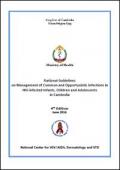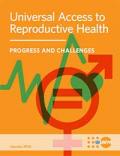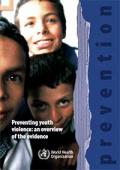Publications on Adolescents
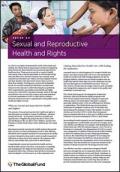
Resource | Publications,
In order to maximize investments for AIDS, tuberculosis and malaria, the Global Fund is supporting countries in integrating interventions for these diseases into sexual and reproductive health services. These services provide a country’s health care system with a critical opportunity to reach people living with and affected by the three diseases.
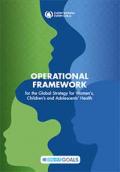
Resource | Tools,
This Operational Framework is intended to accompany the Global Strategy and to serve as a resource for national governments and the wide diversity of stakeholders within countries whose contributions are vital to improving the health and well-being of women, children and adolescents – including civil society, the private sector and development partners.
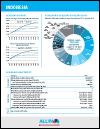
Resource | Fact Sheets,
Indonesia fact sheets on estimated number of adolescents living with HIV 2013. The fact sheets provide information on adolescent HIV trends, distribution of adolescent AIDS-related deaths, HIV treatment for adolescents, adolescent knowledge, testing and behavior related to HIV and adolescent key population.
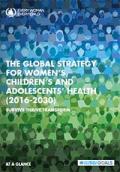
Resource | Publications,
The Global Strategy is intended to inspire political leaders and policy-makers to further accelerate their work to improve the health and well-being of women, children and adolescents. It is also intended as a guide to enable people and communities to drive change, claim their rights and hold leaders to account.

Resource | Fact Sheets,
To end the AIDS epidemic by 2030, specific—yet flexible—strategies are needed for different age groups, populations and geographical locations. Ending the epidemic among adolescents requires amplifying investments where they can make the most difference and fostering innovation by adolescents and youth themselves, as well as governments, international organizations, civil society and the private sector.
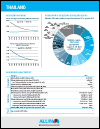
Resource | Fact Sheets,
Thailand fact sheets on estimated number of adolescents living with HIV 2013. The fact sheets provide information on adolescent HIV trends, distribution of adolescent AIDS-related deaths, HIV treatment for adolescents, adolescent knowledge, testing and behavior related to HIV and adolescent key population.

Resource | Publications,
Each year, millions of women and children die from preventable causes. These are not mere statistics. They are people with names and faces. Their suffering is unacceptable in the 21st century. We must, therefore, do more for the newborn who succumbs to infection for want of a simple injection, and for the young boy who will never reach his full potential because of malnutrition. We must do more for the teenage girl facing an unwanted pregnancy; for the married woman who has found she is infected with the HIV virus; and for the mother who faces complications in childbirth.






